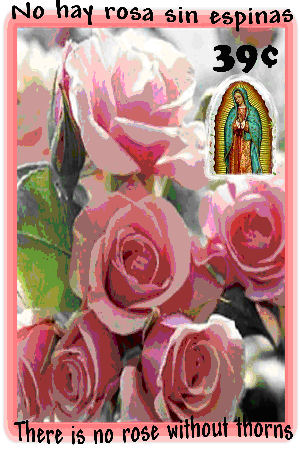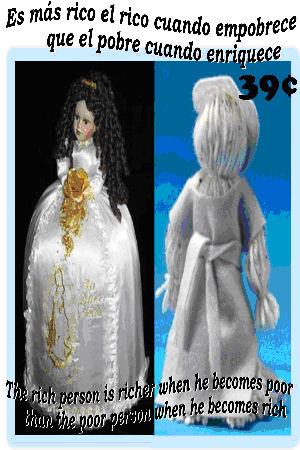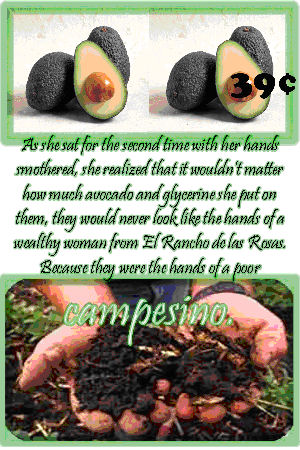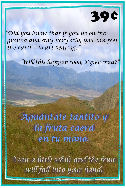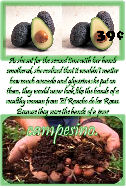|
e Literature Circle Extension Project f Esperanza Rising Commemorative Stamps Jess Johnson * EDLA 615 * Summer 2006
Project Overview: This project is based on the Commemorative Stamp Project on the Literature Circles Resource Center webpage. In my project, I designed four stamps to showcase four memorable scenes from the book Esperanza Rising by Pam Muñoz Ryan. I wanted to include some of the Spanish proverbs found in the book, so three of my four stamps include these proverbs along with their English translation. I used Google Images and Microsoft Office Clip Art Gallery to find pictures to represent the scene being described in the text. Symbolism and Imagery:
Literary Quotations:
Picture Credits:
Esperanza Rising cover
“No hay rosa sin espinas” Our Lady of Guadalupe - http://www.mariansolidarity.com/V4/images/guadalupe.jpg
“Es más rico el rico…” Porcelain doll - http://www.quinceanera-boutique.com/store.php?action=catitems&category=Accessories&subcat=Quinceanera+Doll Yarn doll - http://www.rememberwhenbooks.com/toys/yarndoll.jpg
“Aguántate tantito y la fruta caerá en tu mano” Cuyama Valley - http://www.geog.ucsb.edu/~joel/g148_f05/lecture_notes/central_coast/cuyama_valley1.jpg
“…the hands of a poor campesino” Avocado - http://office.microsoft.com/en-us/default.aspx Hands - http://www.landstewardshipproject.org/photos/v20n1lsl/hands_soil.jpg
Project Evaluation: This project is based on the Commemorative Stamp Project Rubric on the Literature Circles Resource webpage.
“No hay rosa sin espinas” “No hay rosa sin espinas. There is no rose without thorns.” (Abuelita) – page 14
“Es más rico el rico…” “Es más rico el rico cuando empobrece que el pobre cuando enriquece. The rich person is richer when he becomes poor, than the poor person when he becomes rich.” (Mexican proverb) – introduction page
“Aguántate tantito y la fruta caerá en tu mano” “Miguel, did you know that if you lie on the ground and stay very still, you can feel the earth’s heart beating?” (Esperanza) … “Will this happen soon, Esperanza?” (Miguel) “Aguántate tantito y la fruta caerá en tu mano. Wait a little while and the fruit will fall into your hand.” (Esperanza) – page 248
“…the hands of a poor campesino” “As she sat for the second time with her hands smothered, she realized that it wouldn’t matter how much avocado and glycerine she put on them, they would never look like the hands of a wealthy woman from El Rancho de las Rosas. Because they were the hands of a poor campesino.” (Esperanza) – page 182 Commemorative Stamp Evaluation Give yourself a score by deciding if your project demonstrates: 4 – all criteria 3 – most criteria 2 – some criteria 1 – few criteria CRITERIA: þ The theme you chose to represent the book you read is stated on the stamp. þ You have created an illustration to represent this theme. þ You made good use of color. þ Your stamp includes a price. þ You have written a paragraph about your stamp. þ Your paragraph includes the title and author of the book you read. þ Your paragraph includes an explanation of how your illustration represents the theme. þ Your paragraph is neatly typed using words that are accurately spelled, with correct grammar and punctuation. þ You included your name on the project I give my project a
One thing I am proud of is how I made each stamp different (different pictures, quotations, fonts, etc.) but that they all tie together nicely with the shadowing. I used Microsoft Digital Image Pro to make these pictures—I program that I wasn’t very familiar with before completing this project. I enjoyed learning about the program and finding ways to make the pictures on the stamps pop.
One thing I’ll do differently next time is use pictures that are more culturally accurate. I tried my best: the name of the pink rose in the first stamp is Our Lady of Guadalupe, the patron saint of Mexico; the porcelain doll in the second stamp is designed for a quinceañera, a traditional Mexican celebration when a girl turns fifteen; the third stamp has a picture of the valley of the Sierra Madre, the mountain range mentioned in the text.
|
